Koi Pont Plants
When introducing plant life into your koi pond, it can assist with improving the pond life of koi’s. In addition, it can provide aesthetics to your pond.
Owners of koi must ensure that the correct aquatic plants are chosen for the koi pond to co-exist harmoniously with koi’s. Also, make sure that the plant placement is properly conducted and use vegetation which the koi will simply eat.
Benefits of using aquatic plants within a koi pond
When it comes to aquatic plants, they are thought to be a great part of a koi pond. Aquatic plants can assist with increasing the production of oxygen in water, maintaining the pond with proper aeration for koi’s. In addition, just their presence can help keep water cooler as it provides the koi a shaded area. The submerged plants also act as an important surface during spring breeding season for female koi, as they attach fertilized eggs to the plants.
Keeping Water Cleaner
Meanwhile, the plants can prevent spreading of algae, helping to keep it under control. The shade that plants provide lowers the light that reaches the pond, thus limiting the photosynthesis of algae. Plants provide a natural filtration for preventing string algae, known as blanket weeds to form. This is done mostly by absorbing the nitrates that can be harmful and result in the formation.
Tips to introduce plant life to koi
When it comes to introducing your koi and plants, is by using a plant shelf. Plant shelfs can be installed on the edge of a pond. It is a container which you can plant water plants. It is suggested that plants are weighed down with large rocks or stones so it creates a barrier between the plants and base, and the koi to prevent risks of plants being ate by koi. Also, it is important that pond owners are aware that shelves are used by predators such as raccoons, to feed on the koi.
Although, you can position aquatic plants directly in the pond. When choosing the aquatic plants to place in your pond, there are many options available. There are three main categories that pond plants can be categorized as, discussed below:
- Floating plants
- Shallow water marsh plants
- Submerged Plants
An alternative for introducing aquatic plants to a pond is vegetative filters. Using this system, plants grow in a different containment area, which connects to the main pond. The purpose of the plants is to provide a natural filtration system when water from the pond travels into and out of the contained region. Therefore, providing the benefits of filtration of an aquatic plant system, without the risks of koi dislodging or eating pond plants.
Floating Plants
This form of pond plant is able to be free floating with the main vegetation being on the surface and roots hanging below, unattached or there can be plants where roots attach to muddy bottoms. The overall benefit is that they are easier to take care of, providing enough shade for the koi while competing with algae for the needed nutrients and reduce sunlight that assists in algae growth. In addition, the plants remove nitrogen that exists in the water, along with phosphates which makes them a great filtering system.
Water Hyacinth in a Koi Pond
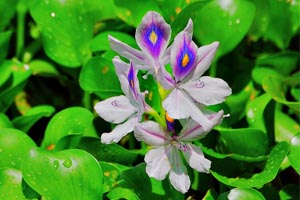 The water hyacinth are popular options for floating plants. It is a species that’ annual in colder areas of North America, but in warmer regions it is perennial. They can produce blue or purple flowers, with roots forming a ‘nest’ compacted under them. They provide an excellent filtering system to remove excess nutrients.
The water hyacinth are popular options for floating plants. It is a species that’ annual in colder areas of North America, but in warmer regions it is perennial. They can produce blue or purple flowers, with roots forming a ‘nest’ compacted under them. They provide an excellent filtering system to remove excess nutrients.
Water Lettuce in a Koi Pond
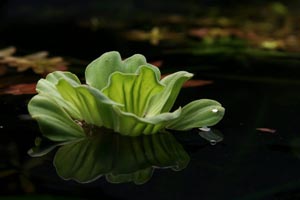 This is another free floating plant that is popular. Water lettuce is more warm/tropic climate plant which develops compact leaf clusters above the surface, while developing compact root mass under the plant.
This is another free floating plant that is popular. Water lettuce is more warm/tropic climate plant which develops compact leaf clusters above the surface, while developing compact root mass under the plant.
Water Lilies in a Koi Pond
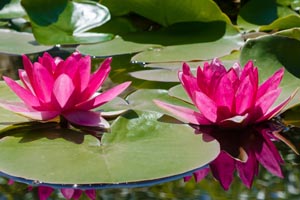 With floating plants that have attached roots, water lilies are the most popular option for a koi pond owner, and can be the best option from any type of aquatic plant. The water lilies do good in nearly any region of North America, no matter the season and are able to be potted and positioned at the bottom of ponds. Above the surface, pond owners get a view of pleasant leafy coverage that produces beautiful flowers to accent any pond design.
With floating plants that have attached roots, water lilies are the most popular option for a koi pond owner, and can be the best option from any type of aquatic plant. The water lilies do good in nearly any region of North America, no matter the season and are able to be potted and positioned at the bottom of ponds. Above the surface, pond owners get a view of pleasant leafy coverage that produces beautiful flowers to accent any pond design.
Lotus in a Koi Pond
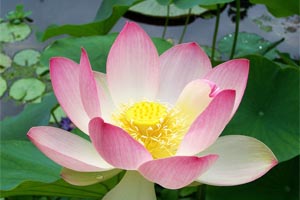 With a similar appearance to water lilies, a lotus is among the oldest aquatic plants cultivated, making an excellent part to a koi pond. Usually, their leaves are large, and can measure up to 18-inches across. This provides a great amount of shade for koi during summer months. Commonly confused with the water lilies, a lotus flower is fragrant and beautiful. Although, it needs to be noted that lotus flowers do have substantial growth rates, and best for a larger koi pond.
With a similar appearance to water lilies, a lotus is among the oldest aquatic plants cultivated, making an excellent part to a koi pond. Usually, their leaves are large, and can measure up to 18-inches across. This provides a great amount of shade for koi during summer months. Commonly confused with the water lilies, a lotus flower is fragrant and beautiful. Although, it needs to be noted that lotus flowers do have substantial growth rates, and best for a larger koi pond.
Water Poppy in a Koi Pond
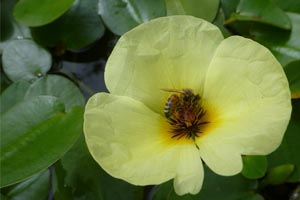 The water poppy produces smaller oval leaves with yellow flowers. They are a good option for a koi pond and grow rather fast during summer. It can provide a nice yellow accent to ponds, while providing a filtering system.
The water poppy produces smaller oval leaves with yellow flowers. They are a good option for a koi pond and grow rather fast during summer. It can provide a nice yellow accent to ponds, while providing a filtering system.
Shallow Water Marsh Plants
These plants can be planted partially submerged in the shallow march water at the edge of your pond to give your backyard pond a more natural look.
Umbrella Plants
These aquatic plants are tropical and do god in shallow water. If you live in a colder climate, they should be kept inside during the winter months. Umbrella plants have leaves with an umbrella shape on the end of longer stalks.
Water Iris in a Koi Pond
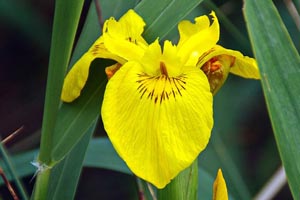 Another favorite for koi pond owners is the water iris, as there are several pieces to choose from. They provide a long sharp leaf, and based on the species can produce different color flowers, from white, blue, or yellow. Typically, these plants are placed in pots which are submerged in the water. The majority of water iris will survive in partial or full sun, which is good for those that have tree coverage.
Another favorite for koi pond owners is the water iris, as there are several pieces to choose from. They provide a long sharp leaf, and based on the species can produce different color flowers, from white, blue, or yellow. Typically, these plants are placed in pots which are submerged in the water. The majority of water iris will survive in partial or full sun, which is good for those that have tree coverage.
Horsetail in a Koi Pond
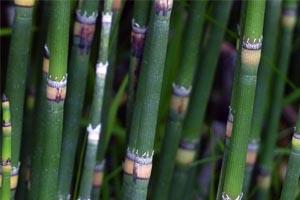 This is aplant that is quick to grow and produces slender green stems. It’s best positioned on a peripheral section of a pond, doing best in partial shade.
This is aplant that is quick to grow and produces slender green stems. It’s best positioned on a peripheral section of a pond, doing best in partial shade.
Submerged plants
Generally submerged plants are grown within pots that are placed on the bottom of a koi pond. These are called the oxygenating plants in an aquatic plant class, which do amazing with removing extra nutrients, such as CO2 and nitrites from the water, while adding oxygen. However, it is good to know these type of plants is commonly uprooted by grazing koi, then eaten. They require great care to ensure they are protected.
Fanwort in a Koi Pond
One type of submergible plant is the fanwort, which is quick to grow and requires a good amount of light. This oxygenator plant I able to grow an inch daily. Using cuttings, it can be propagated.
American Waterweed (Elodea) in a Koi Pond
This species of plant does decent with silty pond substrates. With an exception of a small white flower which blooms above the surface, they are fully submerged. This plant is great with using dissolved CO2 while providing koi with cover, especially smaller koi. There is time when the leafy stalks break and will float off, and take root in another area of the pond. They do well with a milder climate.
Water Purslane (Ludwigia) in a Koi Pond
The Ludwigia family has many species, but Red Ludwigia is a nice option for koi ponds, as it grow quickly and works as an oxygenator. Pond owners can plant it for a submerged plant or allow it to float on the surface. With reddish or purple leaves, they produce small flowers. Usually they do well with plenty of direct sun light.
Phoenix Valley Pond Plants For Sale
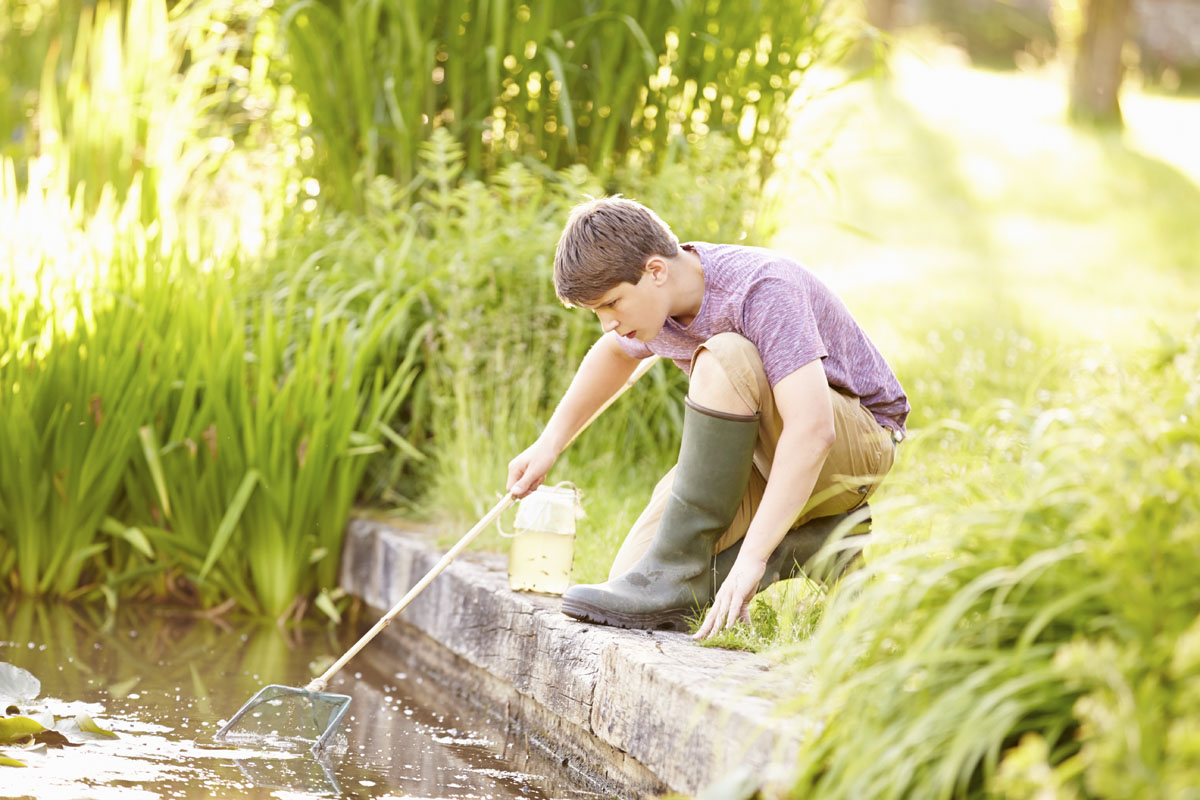
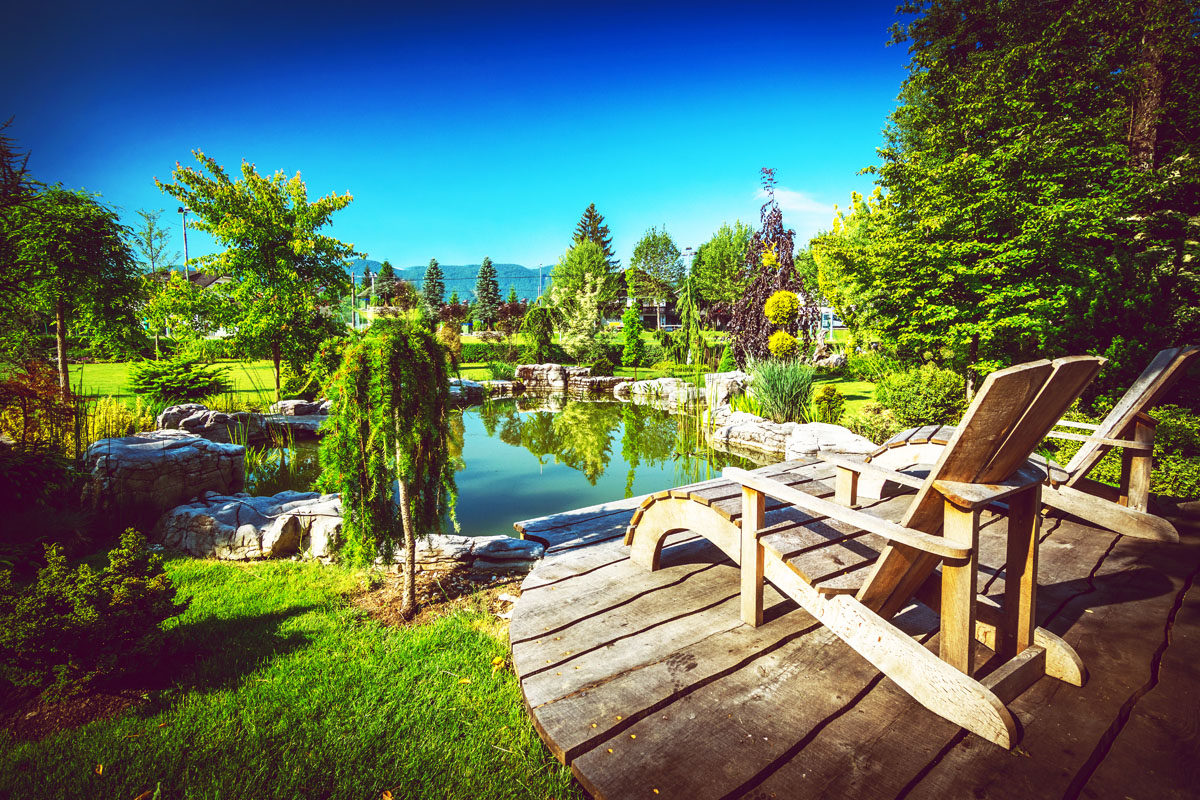
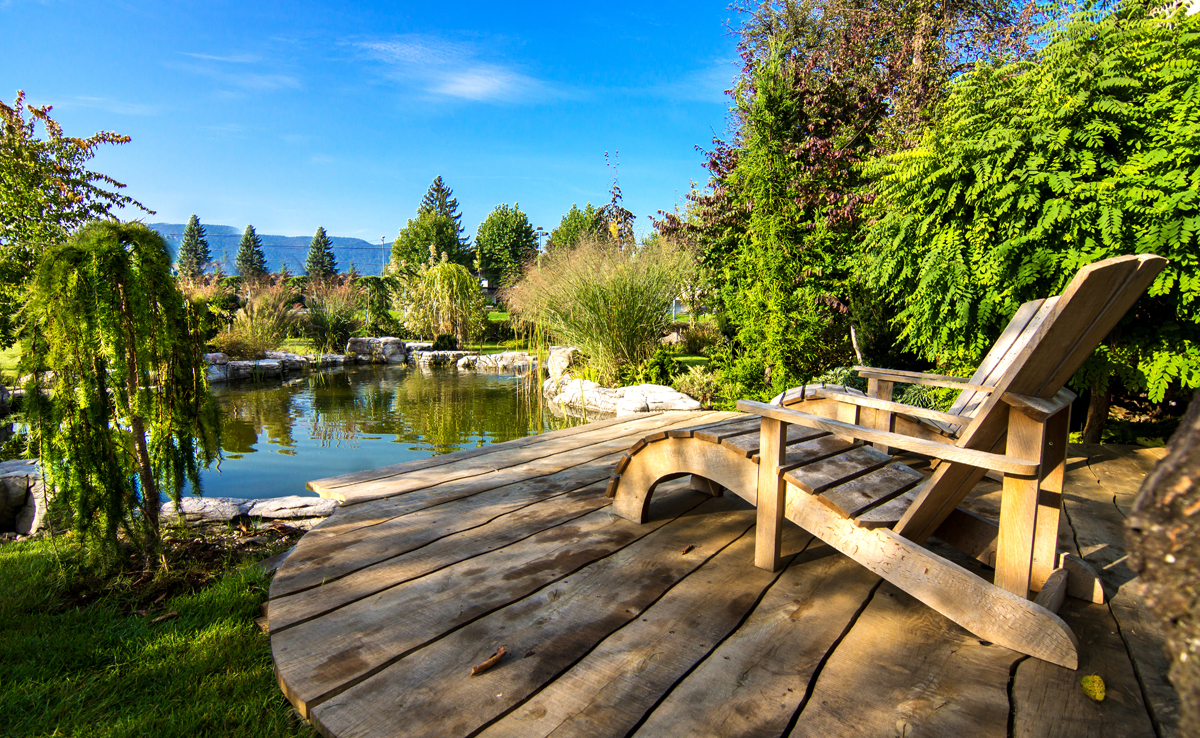
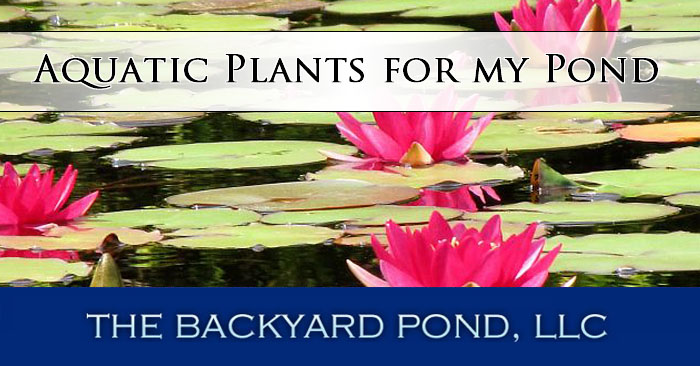
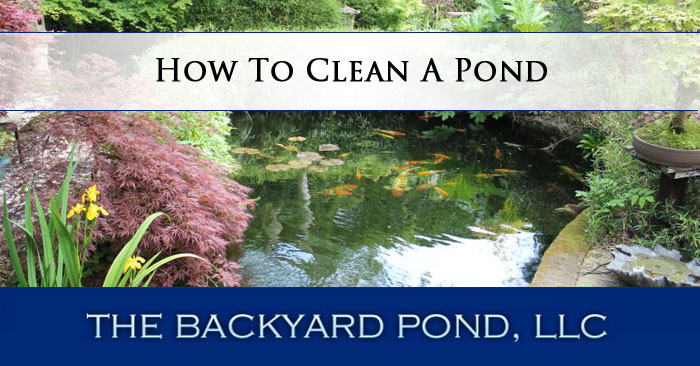
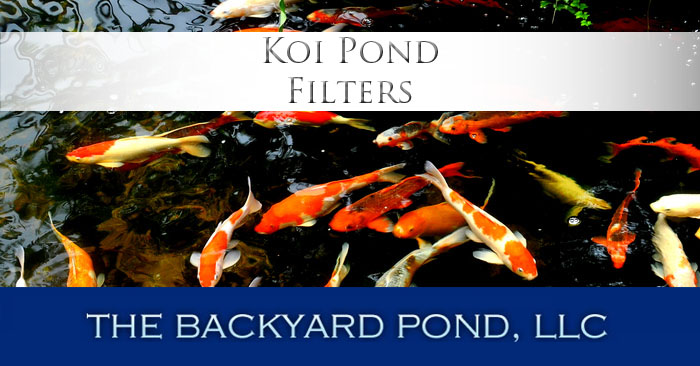
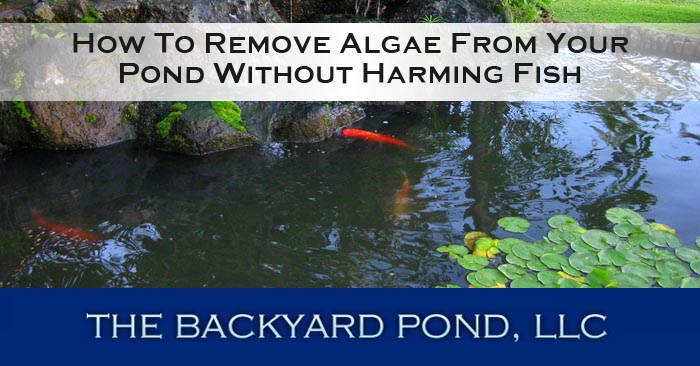
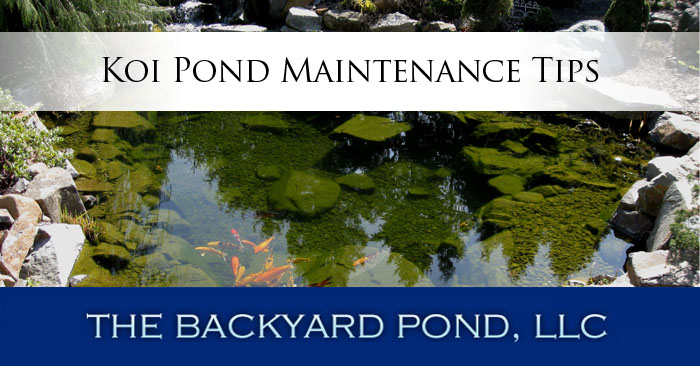
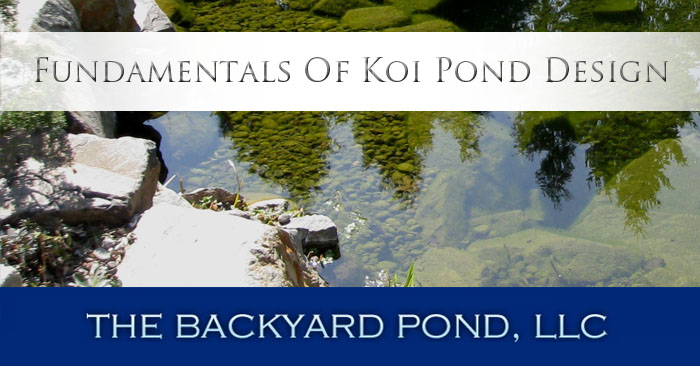
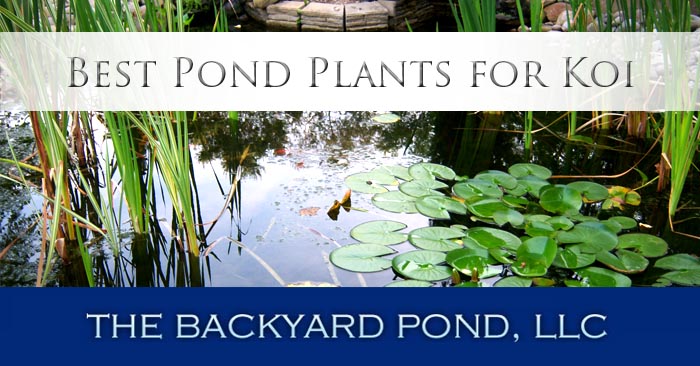
 The water hyacinth are popular options for floating plants. It is a species that’ annual in colder areas of North America, but in warmer regions it is perennial. They can produce blue or purple flowers, with roots forming a ‘nest’ compacted under them. They provide an excellent filtering system to remove excess nutrients.
The water hyacinth are popular options for floating plants. It is a species that’ annual in colder areas of North America, but in warmer regions it is perennial. They can produce blue or purple flowers, with roots forming a ‘nest’ compacted under them. They provide an excellent filtering system to remove excess nutrients. This is another free floating plant that is popular. Water lettuce is more warm/tropic climate plant which develops compact leaf clusters above the surface, while developing compact root mass under the plant.
This is another free floating plant that is popular. Water lettuce is more warm/tropic climate plant which develops compact leaf clusters above the surface, while developing compact root mass under the plant. With floating plants that have attached roots, water lilies are the most popular option for a koi pond owner, and can be the best option from any type of aquatic plant. The water lilies do good in nearly any region of North America, no matter the season and are able to be potted and positioned at the bottom of ponds. Above the surface, pond owners get a view of pleasant leafy coverage that produces beautiful flowers to accent any pond design.
With floating plants that have attached roots, water lilies are the most popular option for a koi pond owner, and can be the best option from any type of aquatic plant. The water lilies do good in nearly any region of North America, no matter the season and are able to be potted and positioned at the bottom of ponds. Above the surface, pond owners get a view of pleasant leafy coverage that produces beautiful flowers to accent any pond design. With a similar appearance to water lilies, a lotus is among the oldest aquatic plants cultivated, making an excellent part to a koi pond. Usually, their leaves are large, and can measure up to 18-inches across. This provides a great amount of shade for koi during summer months. Commonly confused with the water lilies, a lotus flower is fragrant and beautiful. Although, it needs to be noted that lotus flowers do have substantial growth rates, and best for a larger koi pond.
With a similar appearance to water lilies, a lotus is among the oldest aquatic plants cultivated, making an excellent part to a koi pond. Usually, their leaves are large, and can measure up to 18-inches across. This provides a great amount of shade for koi during summer months. Commonly confused with the water lilies, a lotus flower is fragrant and beautiful. Although, it needs to be noted that lotus flowers do have substantial growth rates, and best for a larger koi pond. The water poppy produces smaller oval leaves with yellow flowers. They are a good option for a koi pond and grow rather fast during summer. It can provide a nice yellow accent to ponds, while providing a filtering system.
The water poppy produces smaller oval leaves with yellow flowers. They are a good option for a koi pond and grow rather fast during summer. It can provide a nice yellow accent to ponds, while providing a filtering system. Another favorite for koi pond owners is the water iris, as there are several pieces to choose from. They provide a long sharp leaf, and based on the species can produce different color flowers, from white, blue, or yellow. Typically, these plants are placed in pots which are submerged in the water. The majority of water iris will survive in partial or full sun, which is good for those that have tree coverage.
Another favorite for koi pond owners is the water iris, as there are several pieces to choose from. They provide a long sharp leaf, and based on the species can produce different color flowers, from white, blue, or yellow. Typically, these plants are placed in pots which are submerged in the water. The majority of water iris will survive in partial or full sun, which is good for those that have tree coverage. This is aplant that is quick to grow and produces slender green stems. It’s best positioned on a peripheral section of a pond, doing best in partial shade.
This is aplant that is quick to grow and produces slender green stems. It’s best positioned on a peripheral section of a pond, doing best in partial shade.